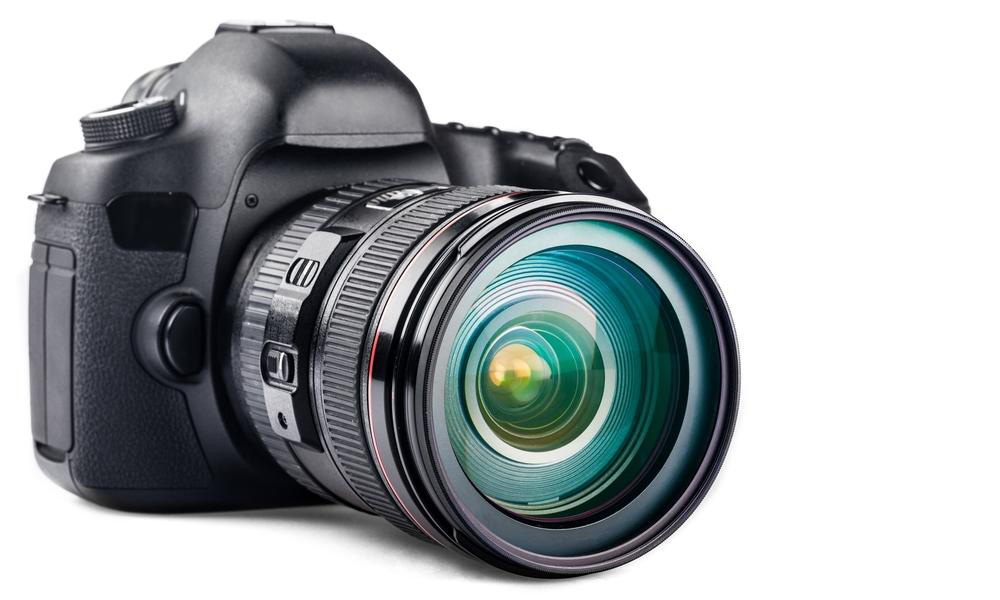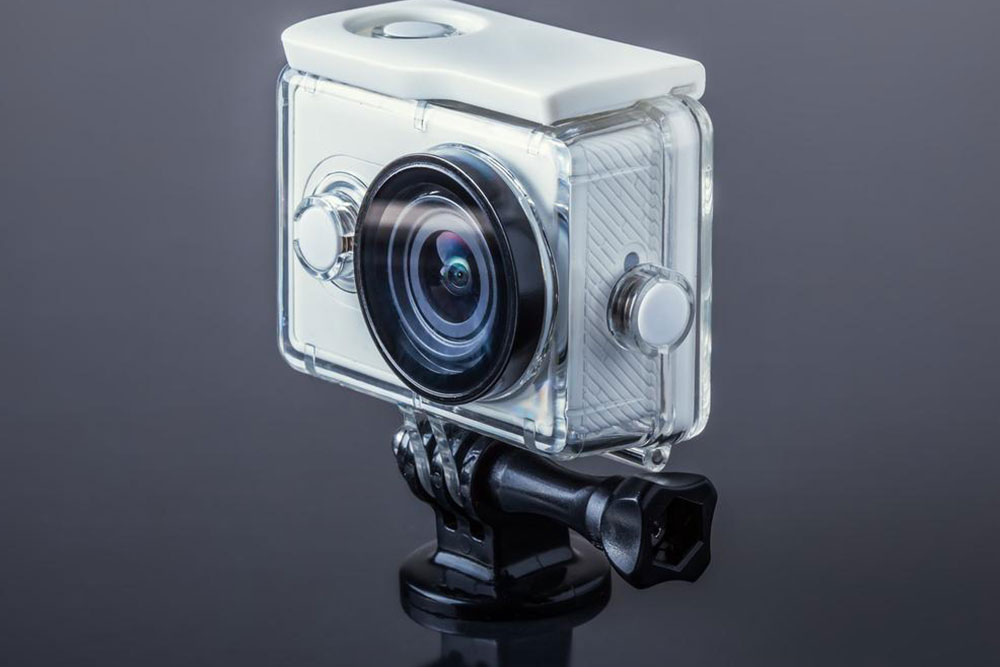Evolution of Cameras and Camcorders: A Historical Overview
This article traces the chronological evolution of cameras and camcorders from early handheld devices to modern digital formats, highlighting key innovations, industry competition, and advancements that made video recording more portable and accessible for both professionals and consumers. It showcases how technological progress transformed the filming landscape over decades.

Evolution of Cameras and Camcorders: A Historical Overview
The term "camcorder" originated from merging "camera" and "recorder," symbolizing combined recording devices. Early development benefited greatly from advancements in digital and info technologies. In 1977, American inventor Jerome H. Lemelson applied for a handheld camcorder patent, which was rejected, fueling his drive. By 1982, he successfully introduced a portable device capable of recording video and audio, leading to JVC's debut of the first handheld camcorder.
Similarly, Sony developed their Betacam shortly after. Hardware miniaturization enhanced portability; devices like the BMC 100 integrated camera and recorder, eliminating cumbersome cables and revolutionizing field and studio filming. However, high costs limited consumer access, prompting intense competition among Sony, JVC, and others, each innovating new features.
Interest from consumers spurred further innovations. In 1983, Sony launched their Betamovie BMC 100P, though it required shoulder support due to design. JVC followed with their VHS-C camcorder. Next, Sony released the compact Video8 format in 1985, with Panasonic, RCA, and Hitachi releasing models using full-size VHS tapes for longer recordings. The introduction of SVHS and Hi8 formats in 1987 improved affordability and performance for professionals and hobbyists alike.
Digitization further advanced with the 1985 launch of DV format by Sony, JVC, and Panasonic, setting a new standard for home and independent filmmaking. Over the years, continuous innovation has shaped the evolution of filming technology, making professional-quality video accessible to many.







